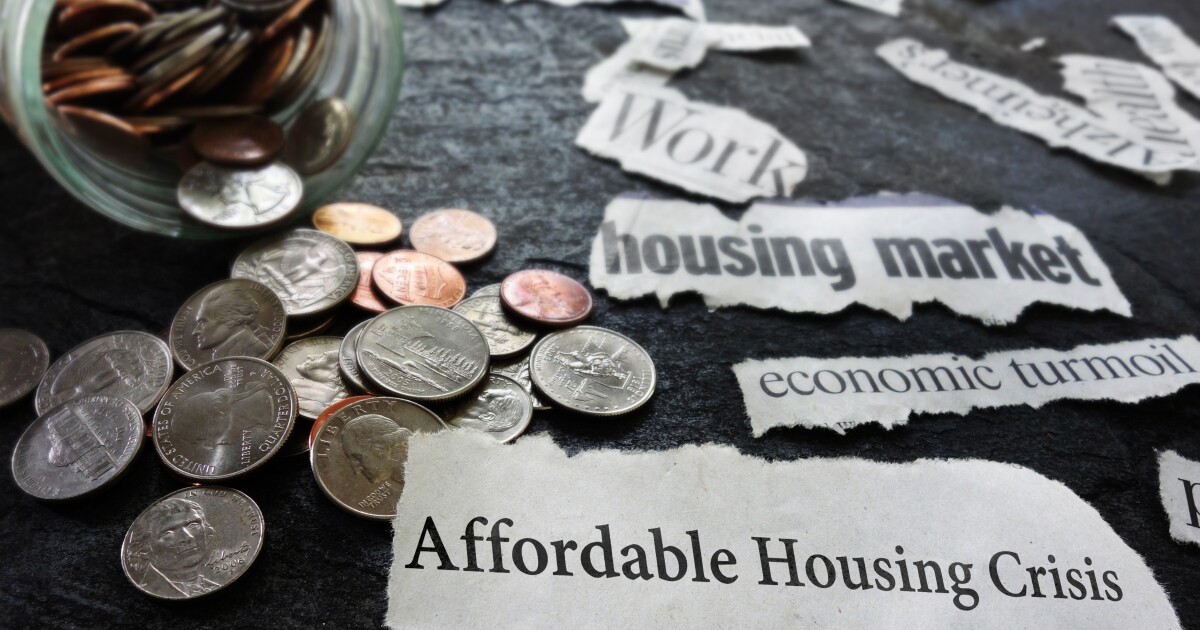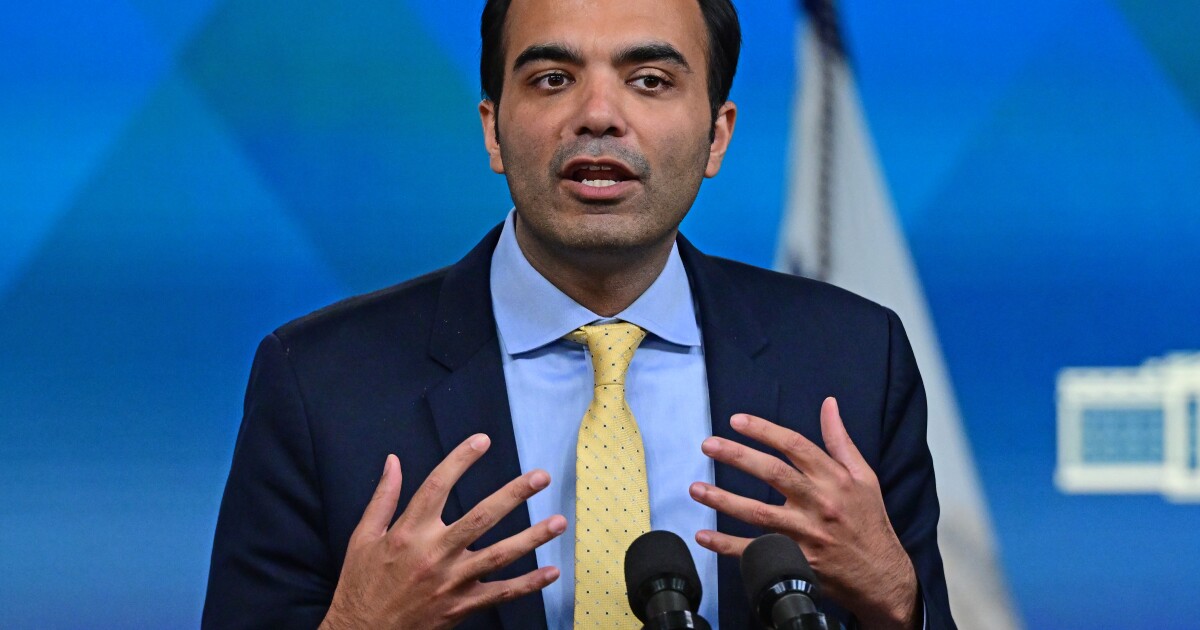
On top of pre-existing homeownership-related stressors such as
The real estate data curator found median home prices soared to another record high in its
In the second quarter of 2024, median-priced
There was a brief period of improvement in affordability in late 2023 going into early 2024. During the spring buying season, the median home price shot up to a new high of $360,000, with the increasing cost of owning a home outpacing wage growth. The latest figure is up from $335,500 in the first quarter this year. At the county level, median home prices rose from Q1 to Q2 in 87.3% of the 589 U.S. counties Attom studied.
In the second quarter, the portion of average wages required for typical mortgage payments, property taxes and insurance rose by three percentage points both quarterly and annually.
"The latest affordability data presents a clear challenge for home buyers. While home prices are increasing and mortgage rates remain relatively high, these factors are making homes less affordable," said Attom CEO Rob Barber.
"It's common for these trends to intensify during the spring buying season when buyer demand increases. However, the trends this year are particularly challenging for house hunters, more so than at any point since the housing market boom began in 2012."
The patterns seen from April to June developed as the national median home price rose 7.3% quarterly and 4.7% annually, the report concluded. Average 30-year mortgage rates continue to drive away buyers as well, as they ended the first quarter at 6.9%, more than double where they were in 2021.
Those discouraging factors boosted homeownership expenses by around 10% in the second quarter following previous quarterly declines, Attom found.
The portion of average local wages contributing to major home expenses was considered unaffordable in about 80% of the counties studied nationally during the second quarter, based on the 28% lending guideline.
A few areas with high populations
Home price growth is rising faster than wages in half of American counties. Year-over-year home price changes outpaced weekly annualized wage increases during Q2 in 47.9% of the counties studied, worsening affordability on top of high interest rates and rising property taxes.
The income needed to afford a typical home in the U.S. this quarter is 25% more than average, according to the report. Major homeownership expenses on typical homes sold in Q2 required an annual income of $90,598 to be affordable, 25.2% more than the latest average national wage of $72,358.
Affordability remains most out of reach in the Northeast and along the West Coast. Nineteen of the top 20 counties where major costs took the largest percentage out of average local wages during the quarter were in those regions, such as Brooklyn, New York, where 111.8% of the annualized local wage was needed to buy a home, Attom said.



